Introduction: The Expanding Horizon of NFTs Non-fungible tokens (NFTs) have become synonymous with digital art and collectibles, but their potential extends far beyond these applications. NFTs represent a new paradigm in ownership, enabling unique digital and physical assets to be tokenized and traded on blockchain networks. This article explores how NFTs are revolutionizing financial systems, enabling innovative use cases such as fractional ownership, intellectual property rights, and real-world asset tokenization. What Are NFTs? NFTs are unique digital tokens that represent ownership of a specific asset, recorded on a blockchain. Unlike fungible tokens such as cryptocurrencies, NFTs are indivisible and unique, making them ideal for representing one-of-a-kind assets. Financial Applications of NFTs Tokenized Real Estate: NFTs can represent ownership of real estate, allowing fractional ownership and easier transfer of property rights. Intellectual Property Rights: Creators can tokenize copyrights, patents, and trademarks, ensuring secure and transparent ownership. Fractional Ownership: High-value assets such as luxury goods or rare collectibles can be divided into smaller shares using NFTs, democratizing access. Debt Instruments: NFTs can represent loans or bonds, creating a new layer of transparency and tradability in financial markets. Automation and NFT Management Automation tools are revolutionizing the NFT space by: Price Tracking: Bots monitor market prices to identify profitable buying and selling opportunities. Smart Contract Execution: Automated contracts handle royalties and secondary sales. Portfolio Management: Tools track NFT ownership and valuation across multiple platforms. Challenges in NFT Financial Integration Market Volatility: NFT prices can be highly speculative. Regulatory Uncertainty: Jurisdictions lack clear guidelines for NFTs as financial instruments. Security Risks: Vulnerabilities in smart contracts can lead to asset loss. Conclusion NFTs are rapidly evolving from digital collectibles to powerful financial instruments. By integrating automation and leveraging innovative use cases, NFTs are set to transform traditional financial systems, unlocking new opportunities for investors and creators alike.










